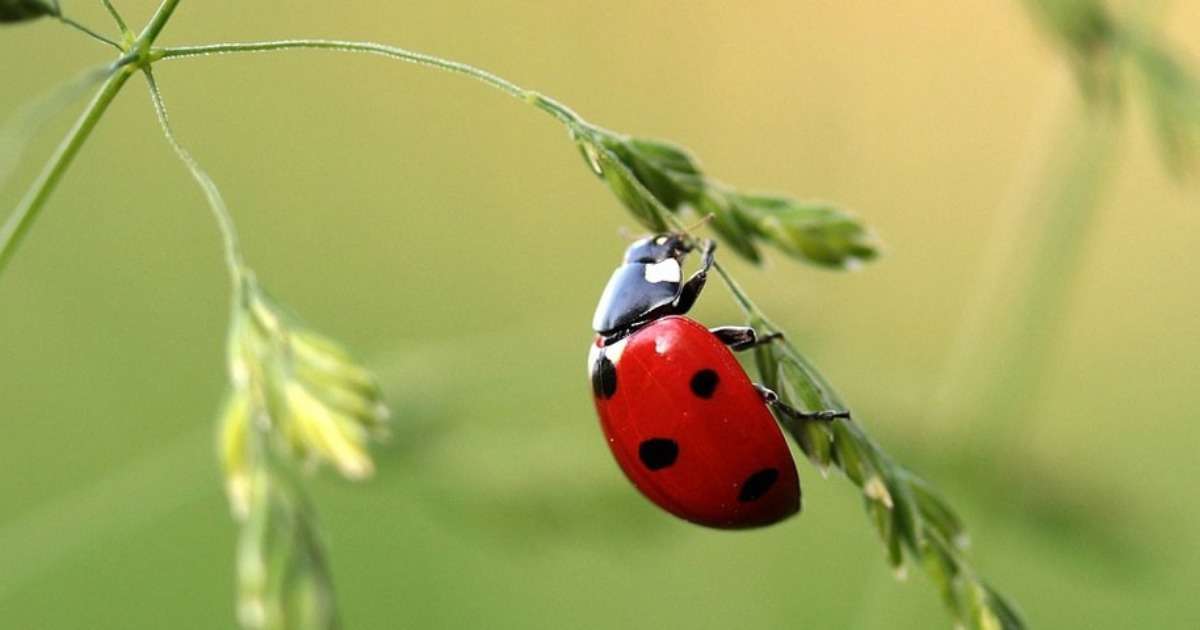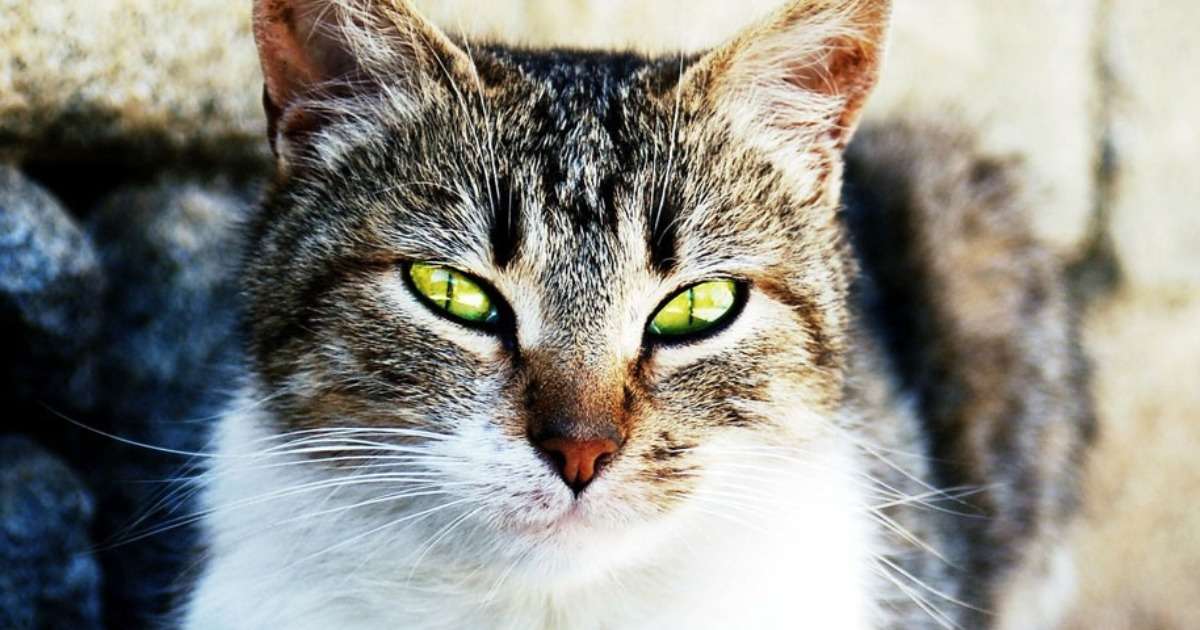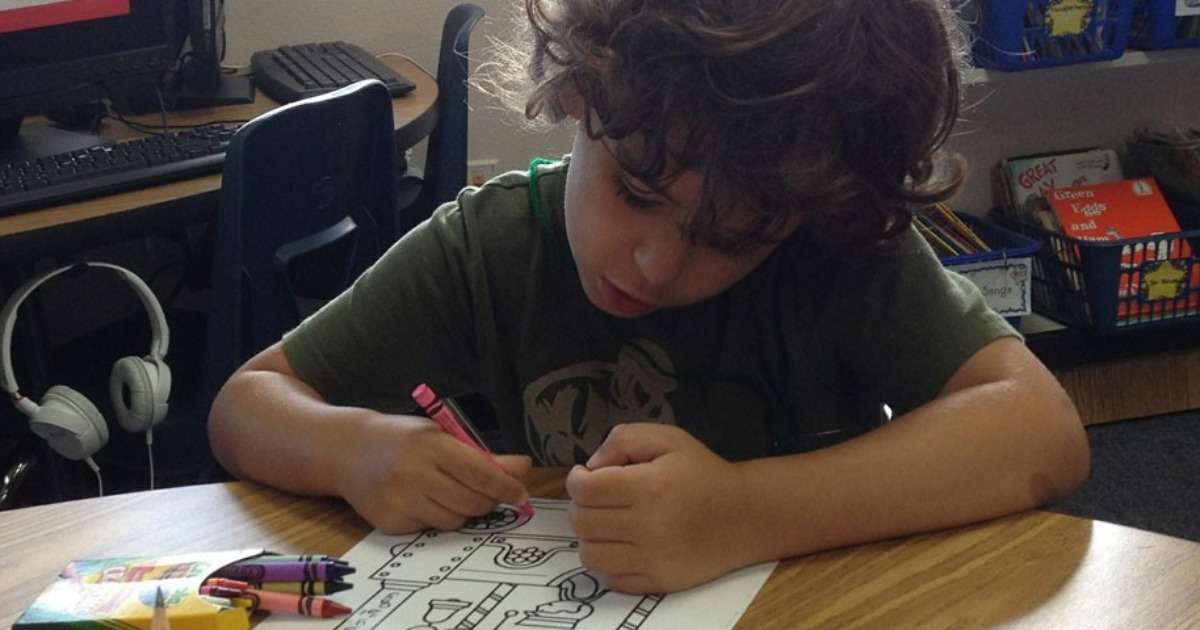
The impact of health information technology on doctor-patient interaction
Embracing the technological advances of the last decade, many health care professionals have incorporated information technology into their daily routines.

Ladybugs and lacewings do not spy on their prey’s alarm pheromone
Leaf sucking creatures like plant aphids are common and can cause considerable damage to plants. Therefore, quite a lot of effort is made to control these tiny creatures.

Picky cats and tasty food – sniffing is an indicator for tastiness
Cats can be extremely picky when it comes to food. If the cat doesn’t like it, it will refuse to eat. Reason enough for the pet food industry to try to find out what cats really like.

The impact of visitor access in a shelter on the welfare of shelter dogs
If you’ve ever been to a shelter to adopt a dog, you know that when you walk into the holding area, the dogs can get very noisy.

Healthcare communication - dealing with emotions
Communication studies have shown that breaking bad news is best be done immediately and with clear wording. What is the best step forward?

Why social pigs do better
If you want to get on in life, is it better to make friends, or should you trample down the competition? Maybe we can learn something from animals…

Doctor-patient communication training program evaluated
Every day, new training programs find their way to hospitals and clinics to help professionals convey their message efficiently and effectively in order to practice their profession.

Classroom observations - behavior of children with and without ADHD
The relationship between reaction time variability and observed attention in children with and without ADHD.

Autism research - mothers of high-risk children use more gestures
Children with autism spectrum disorder (ASD) often have delayed development in communication and language. This impaired development can be present even in the first year of their lives.
